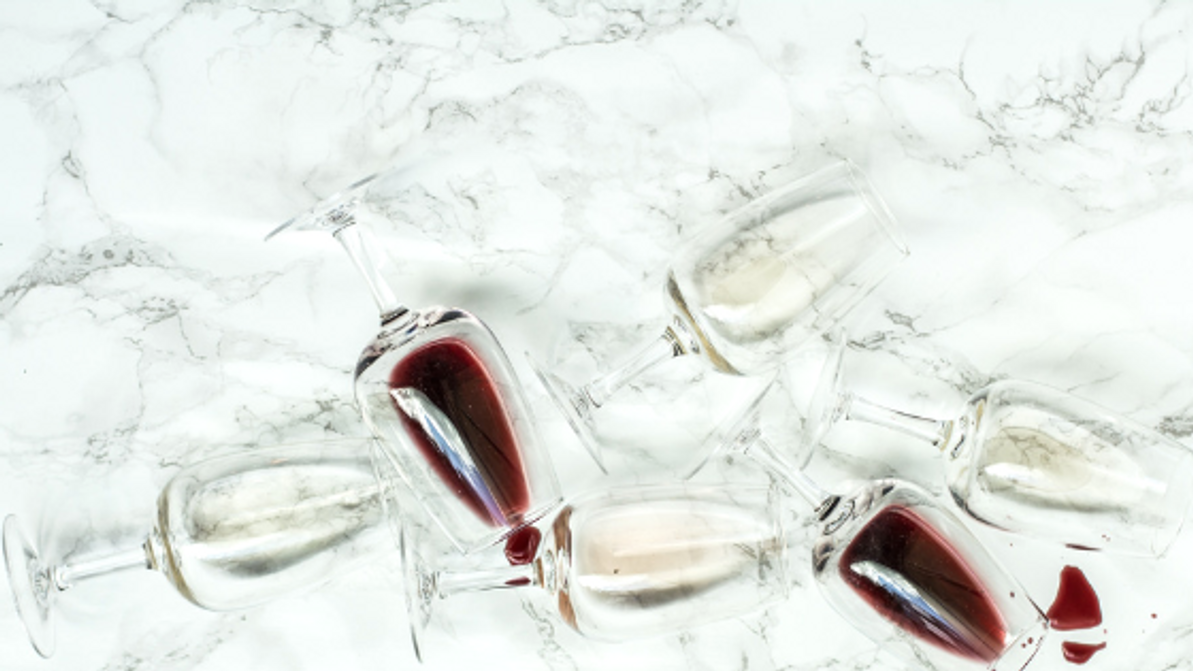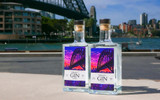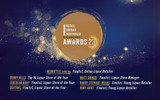Sound like an expert with these wine terms
Let’s say you get invited to a dinner.
Maybe it’s for work.
You’re really keen to impress.
Your boss (who asked you to join them at dinner - maybe you’re getting a promotion - don’t stuff this up!) loves their wine. It’s your time to step up. You really need to shine.
Don’t panic. We’re here to help.
Body
How does the wine feel in your mouth?
Big, round and powerful? Light and lean? Something in the middle?
This is the ‘body’ of the wine.
The best way to learn about the body of a wine is to get tasting. It’s easier to understand the different ‘feels’ of wine when you actually sit down and try a few in quick succession. Please note - when we say quick succession, we mean having a sip or two of each with some water to cleanse the palate in between NOT one bottle after the other. We’re all about Responsible Service of Alcohol here at Red Bottle!
And remember, fuller bodied does not mean higher quality and vice versa - it all depends on the wine (and the drinker - wine is only good if you enjoy it!).
Length
Literally how long you can taste the wine.
Typically, we’re looking for ‘longer’ wines. You want to be able to savour a drop, and enjoy flavour that last and last. So yes, size does matter.
Dry
Wine is wet. How can it be dry? Let’s discuss.
Dry wines have no sugar. Non-dry can mean anything from a little bit of sugar to lots and lots of sugar.
You’ll usually only hear the term ‘dry’ being thrown around about a white wine.
Why? Typically reds don’t have sugar. And even most whites are dry.
That’s because sugar isn’t typically added to the wine. In many non-dry wines, sugars are left over from the grapes - not all sugars have fermented into alcohol.
So why don’t we say that wines are either ‘dry’ or ‘sweet’? Sometimes, even where the wine has no residual sugar, the wine is still sweet. This is often the case for wines where fruitier flavours outweigh all others. They give the impression of sweetness, without sugar.
Soft or firm
These terms usually describe how ‘tannic’ the wine is (yes, there is another word for you!).
A soft wine is not overly tannic. A firm wine is high in tannins.
But what are tannins? Tannins are compounds that are found in the skin and seeds of grapes. You know the feeling of eating something bitter? That’s the reaction you get from tannins.
Tannins need to be well balanced in the wine. Too much one way or the other and it can make the wine too fruity, or not fruity enough. They also play a large role in pairing wines with foods.
Want to pick a wine that is sure to impress? We make sure that every member of our team can point you in the right direction when it comes to selecting a good drop. But if you're really looking to impress, we suggest making a bee-line to our Elizabeth Street store.
Each of our stores has something they specialise in, and for Elizabeth Street, it’s wine. Get tasting.
Recent Posts
-
A Collaborative Spirit
Introducing Julianne's Gin by Red Bottle & Goodradigbee DistilleryIn the bustling heart of Sydney's …4th Mar 2024 -
Celebrating Success: Red Bottle Shines at 2023 Retail Drinks Industry Awards
We're thrilled to share the exciting news from the recent Retail Drinks Awards! Once again, the Red …20th Oct 2023 -
Discover the Best Alcoholic Drinks to Pair with Mooncake
Discover the Best Alcoholic Drinks to Pair with MooncakeIndulging in mooncakes is a cherished tradi …21st Sep 2023





